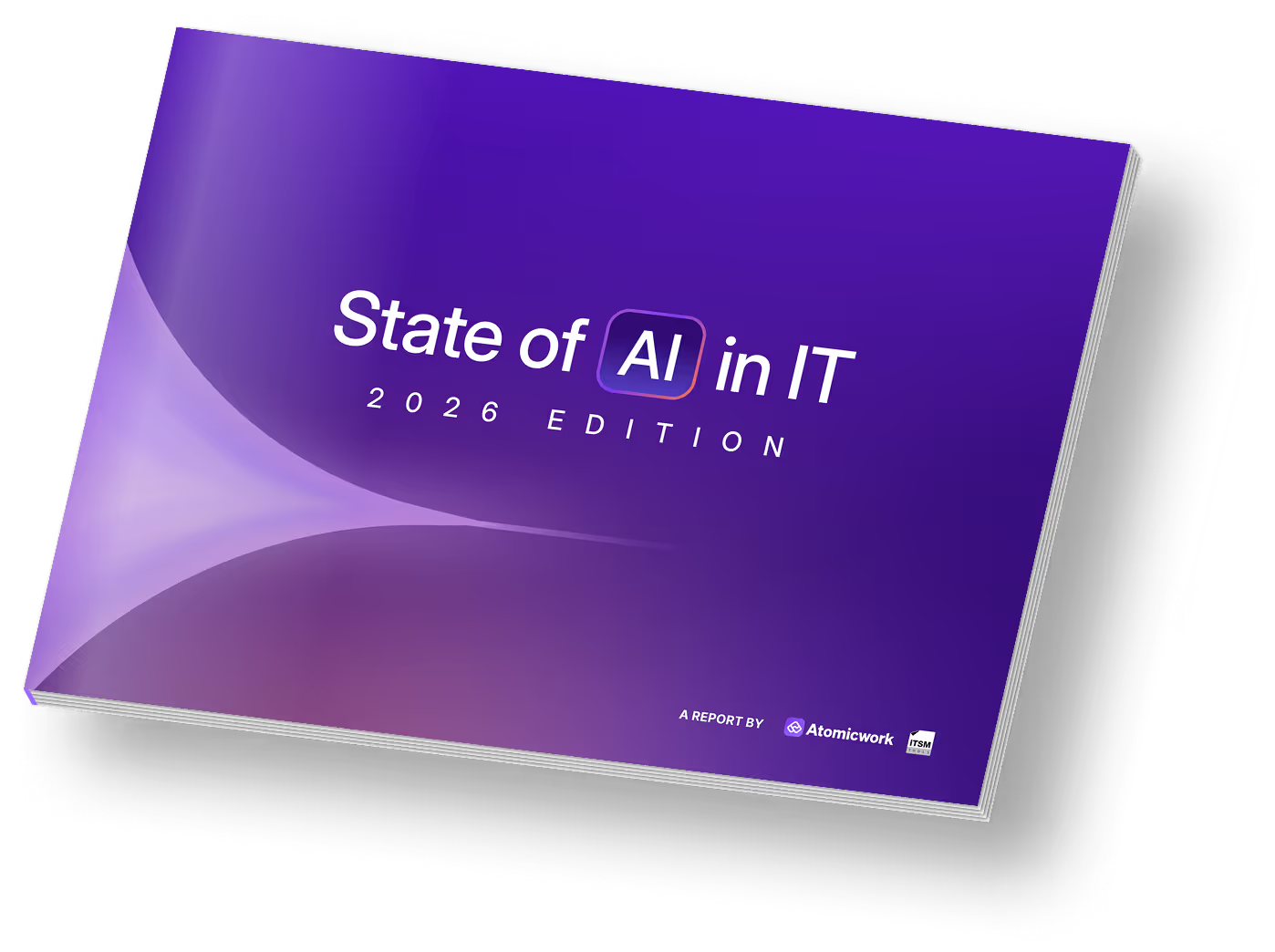On aligning people, processes, and products - Amarnath Gattu of Highradius

Digital transformation has been on the minds of IT leaders for a while now, and the pandemic has only accelerated the need to understand and assimilate new technology into workplaces.
But what does it really mean? That was one of the first questions I asked Amarnath Gattu, Director of IMS at Highradius, and he had an excellent answer. He said, and I quote, “Putting the right effort to align people, processes, and tools with the organization’s vision using digital technologies.”
It is one of the best answers to that question I’ve heard.
The role of IT
He also spoke about how IT leaders hold a very important role in the modern distributed organization, with deliverables like high availability of systems, simpler operations for internal teams, and saving costs, especially now, through automation. And though IT leaders are happy to adopt anything that changes and improves current processes, he stressed that integrated systems are what’s needed. He also thinks that CEOs now understand this, and are open to adopting and championing products that help aid digital transformation in companies.
Tools are not processes
Amarnath also made sure we understood that tools are not processes, and making sure the products we adopt for our work internally have to be something to be thought about. If you avoid repetitive work, for example, Amarnath points out, then you save 3 or 4 hours of an employee's time, and that means productivity elsewhere. That’s a success.
How much does IT think about productivity?
In response to this question, Amarnath had a very interesting answer. He told me that awareness should be the end goal. He pointed out that not a lot of employees have visibility on why they are doing this or that part of the job, but how it is helping the organization. Having clarity on the end goal helps, and productivity automatically increases when that happens. And so IT’s job also becomes to adopt and implement processes and products to aid that awareness. One answer to that could be the digital workplace, he said.
Digital workplaces enable that, sometimes as KPIs. How to set up goals and have an inclusive alignment, and how we align these goals to their personal growth.
Collaboration and communication
We further spoke about challenges that IT professionals face, how collaboration can be improved in an organization, and how IT as the backbone for productivity can impact every employee.
Finally, Amarnath made a great point about how, because backend teams work in silos, with multiple systems and poor communication, there is a place for a certain kind of product to connect these things together.
We agree, Amarnath, we agree.
You can listen to the whole podcast here.
Frequently asked questions

Faq answer paragraph

Faq answer paragraph

Faq answer paragraph

Faq answer paragraph

Faq answer paragraph

Faq answer paragraph

Faq answer paragraph

Faq answer paragraph

Faq answer paragraph

Faq answer paragraph
You may also like...


































